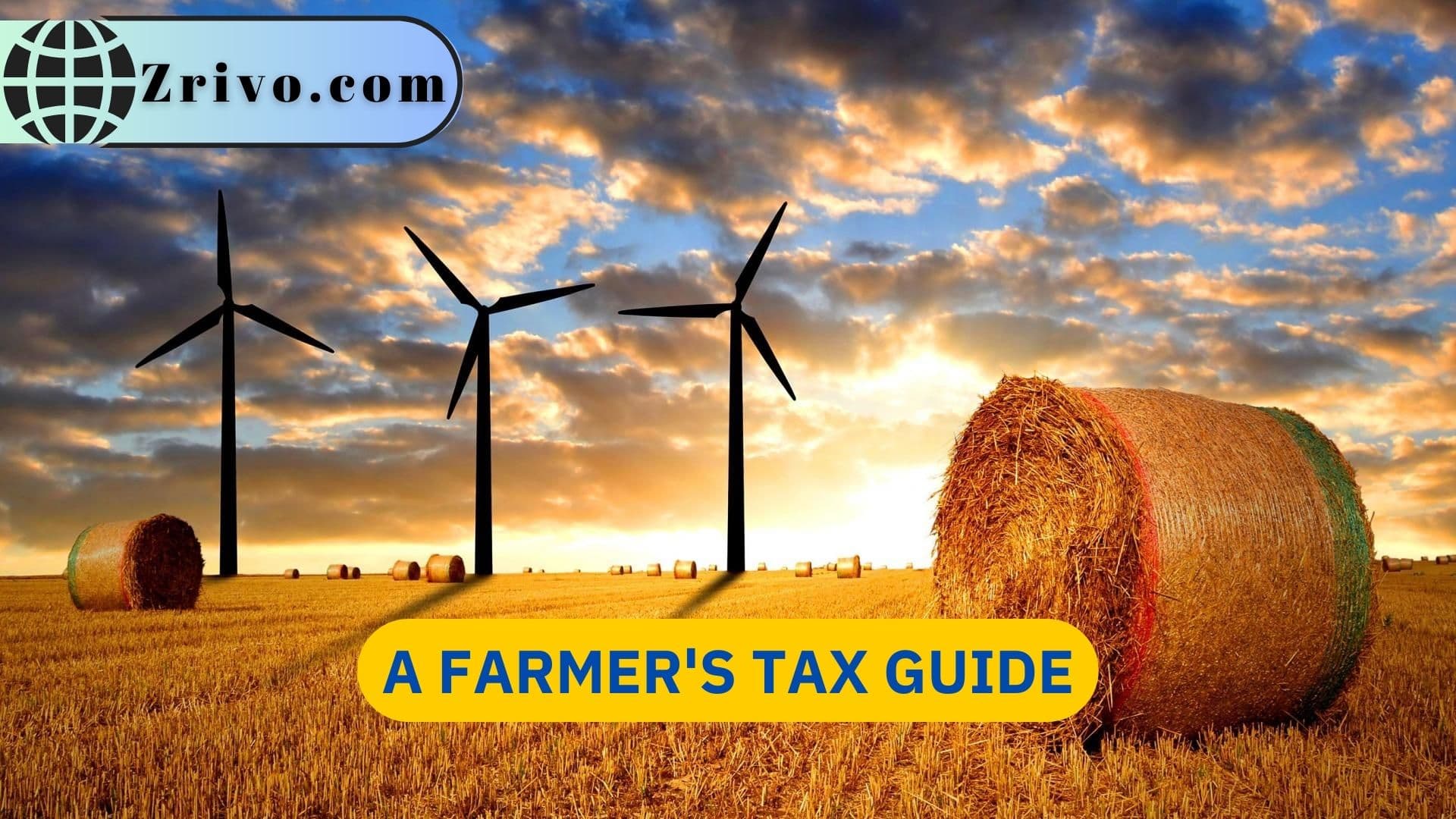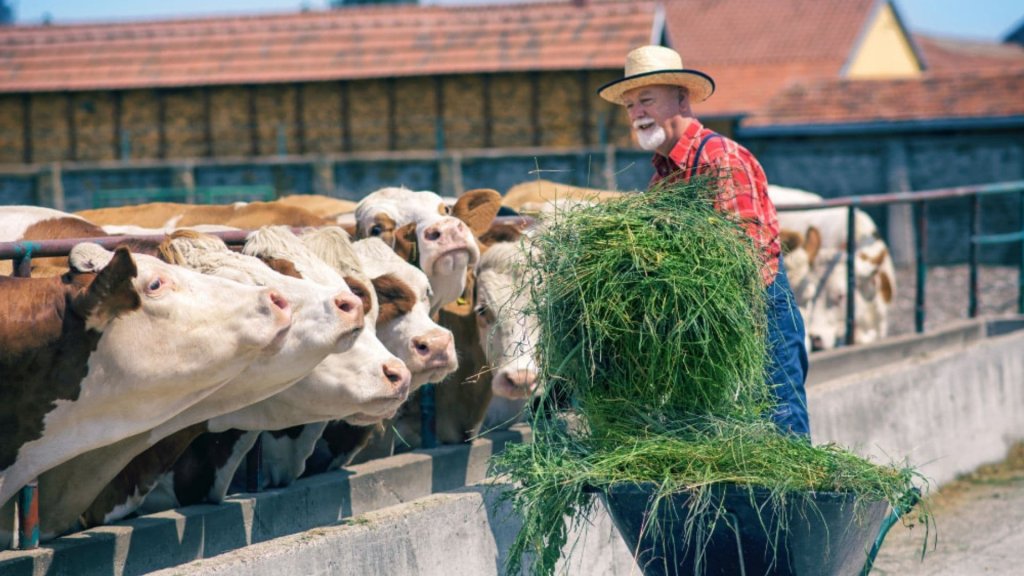
Farmers play a pivotal role in sustaining our communities and ensuring food security. Yet, beyond the toil of tilling the soil and tending to livestock, farmers face unique challenges when it comes to navigating the intricate landscape of tax obligations and opportunities. Understanding how farmers should pay their taxes, unraveling their tax liabilities, and harnessing the full potential of tax credits and deductions available to them is of paramount importance. Our guide will give you important tips on farmers’ tax liabilities, explore potential deductions and incentives, and provide guidance on maximizing tax benefits within the agricultural realm.
Tax Filing Methods
Farmers have the flexibility to choose between two primary accounting methods: the cash method and the accrual method. The choice of method determines how they report income and expenses for tax purposes. Let’s explore how farmers utilize each method:
Cash Method: The cash method of accounting is the most common and widely used by small farmers. Under this method, farmers record income and expenses when they are received or paid. In other words, revenue is recognized when cash is received from the sale of crops, livestock, or other agricultural products. Similarly, expenses are recorded when payments are made for items such as seeds, fertilizers, fuel, equipment maintenance, and farm supplies.
Advantages of the Cash Method
- The cash method is straightforward and easy to understand. It requires minimal record-keeping and is suitable for farmers with relatively simple financial transactions.
- Cash Flow Management: Since income is recognized when cash is received, the cash method provides farmers with a clearer picture of their cash flow and may help with budgeting and financial planning.
Accrual Method: The accrual method of accounting requires farmers to record income and expenses when they are earned or incurred, regardless of when cash is exchanged. Under this method, revenue is recognized when crops are harvested, livestock are sold, or other agricultural products are produced. Expenses are recorded when they are incurred, such as when seeds are purchased, equipment is repaired, or feed is acquired.
Advantages of the Accrual Method
- The accrual method accurately reflects a farm’s financial performance by matching income and expenses within the same accounting period. This can provide a more accurate representation of profitability and help farmers make informed business decisions.
- The accrual method allows farmers to plan for future expenses and income, as it recognizes revenue and expenses when they occur rather than when cash is received or paid.

Choosing the Appropriate Method
The choice between the cash and accrual methods depends on various factors, including the size of the farming operation, the complexity of financial transactions, and overall business goals. Most small farmers are eligible to use the cash method due to its simplicity and compatibility with their operations. However, larger farms or those with more complex financial structures may find the accrual method to be more suitable for accurate financial reporting and long-term planning.
It’s important to note that once a method is selected, farmers must obtain IRS approval to change from one method to another. Consulting with a tax professional or agricultural accountant can help farmers assess their specific circumstances and determine which accounting method is most appropriate for their operations and tax planning needs.
Tax Liabilities for Farmers
Farmers have various tax liabilities to consider, including income tax, self-employment tax, and property tax. a. Income Tax: Farmers must report their farming income on their tax return. This includes proceeds from crop sales, livestock sales, and other farming-related activities. b. Self- Farmers are subject to self-employment tax covering Social Security and Medicare contributions. The self-employment tax is calculated based on the net income from farming operations. c. Property Tax: Farmers may have property tax obligations on their farmland and other agricultural assets. These taxes vary by state and local jurisdictions.

Tax Credits and Deductions for Farmers
Farmers can take advantage of several tax credits and deductions to minimize their tax liabilities and optimize their financial situation.
Agricultural Deductions: Farmers are eligible for deductions related to operating expenses such as seeds, fertilizer, fuel, equipment maintenance, and farm supplies. It’s crucial to keep detailed records of these expenses to accurately claim deductions.
Depreciation: Farmers can depreciate the cost of their farm equipment, machinery, and buildings over time, reducing their taxable income.
Conservation Programs: Farmers who participate in conservation programs can benefit from tax incentives such as the Conservation Reserve Program (CRP) and the Environmental Quality Incentives Program (EQIP).
Research and Development: Farmers involved in innovative agricultural practices or new crop development may qualify for research and development tax credits.
Energy-Efficient Upgrades: Installing energy-efficient equipment or using renewable energy sources on the farm may qualify for energy tax credits.

Tax Forms for Farmers
Farmers have specific tax forms associated with their agricultural activities and used for their tax filing. Here are some of the primary tax forms commonly used by farmers:
- Schedule F (Form 1040): Schedule F is used by farmers to report their income and expenses from farming activities. It captures details such as crop sales, livestock sales, farm-related expenses, depreciation of farm assets, and other farm income or deductions. The net profit or loss from Schedule F is then transferred to Form 1040.
- Form 4835: This form is used by farmers who have rental income from farm or agricultural land. It is used to report the rental income and expenses associated with leasing out land for farming purposes.
- Form 1099-G: Farmers who receive agricultural program payments, such as disaster assistance, agricultural subsidies, or conservation program payments, may receive Form 1099-G. This form reports the taxable portion of the payments received during the tax year.
- Form 1065: If farmers operate their farming business as a partnership, they will need to file Form 1065, also known as the Partnership Return. This form reports the partnership’s income, deductions, and distribution of profits to the partners. Each partner will receive a Schedule K-1 (Form 1065) showing their share of the partnership’s income and deductions, which they will use for their tax return.
- Form 1120-F: Farmers who are nonresident aliens and own or operate a farming business in the United States must file Form 1120-F. This form reports the nonresident alien farmer’s income, deductions, and tax liability.
- Form 940: If farmers have employees and pay wages that meet the federal unemployment tax (FUTA) requirements, they will need to file Form 940 to report their FUTA tax liability.
- Form 1041: In cases where a farm is owned by an estate or trust, Form 1041, the U.S. Income Tax Return for Estates and Trusts, is used to report the income, deductions, and distributions related to the farming activities.

IRS Publications for Farmers
The IRS provides several publications specifically tailored to address tax considerations and liabilities for farmers. Here are some key publications relevant to farmers and their tax obligations:
Publication 225: “Farmer’s Tax Guide: This comprehensive guide is specifically designed for farmers and provides detailed information on various tax topics, including farm income, deductions, self-employment tax, accounting methods, depreciation, and more. It covers a wide range of issues specific to agricultural operations and assists farmers in understanding their tax responsibilities.
Publication 334: “Tax Guide for Small Business”: Although not exclusive to farmers, Publication 334 offers valuable guidance for small businesses, including farmers. It provides an overview of general tax principles, record-keeping requirements, accounting methods, deductions, and other essential information that can help farmers navigate their tax obligations effectively.
Publication 535: “Business Expenses”: Publication 535 offers detailed guidance on deductible business expenses. Farmers can find information on deducting various farm-related expenses, such as seed and fertilizer costs, feed, livestock expenses, equipment depreciation, repairs, and other ordinary and necessary expenses incurred in their farming operations.
Publication 946: “How to Depreciate Property”: This publication provides guidance on depreciating property used in a trade or business, including farm assets. Farmers can find information on depreciation methods, recovery periods, and guidelines for specific types of farm equipment, machinery, buildings, and improvements.
Publication 587: “Business Use of Your Home”: Farmers who use their homes for business purposes can refer to Publication 587 for guidance on claiming home office deductions and other related expenses. It explains the requirements and provides examples to help farmers determine if they qualify for home office deductions.